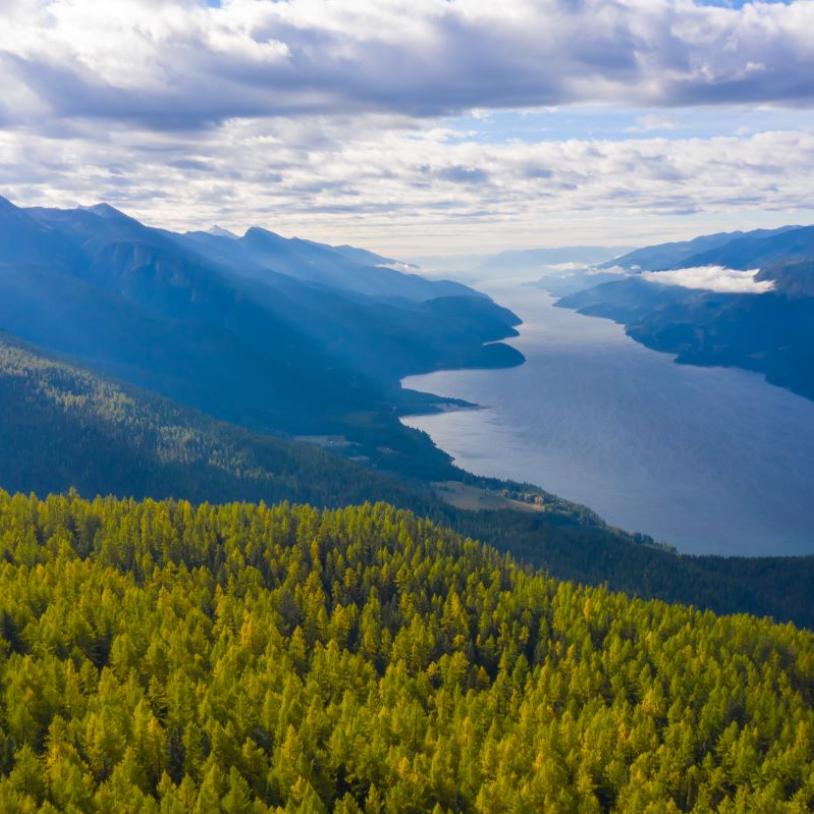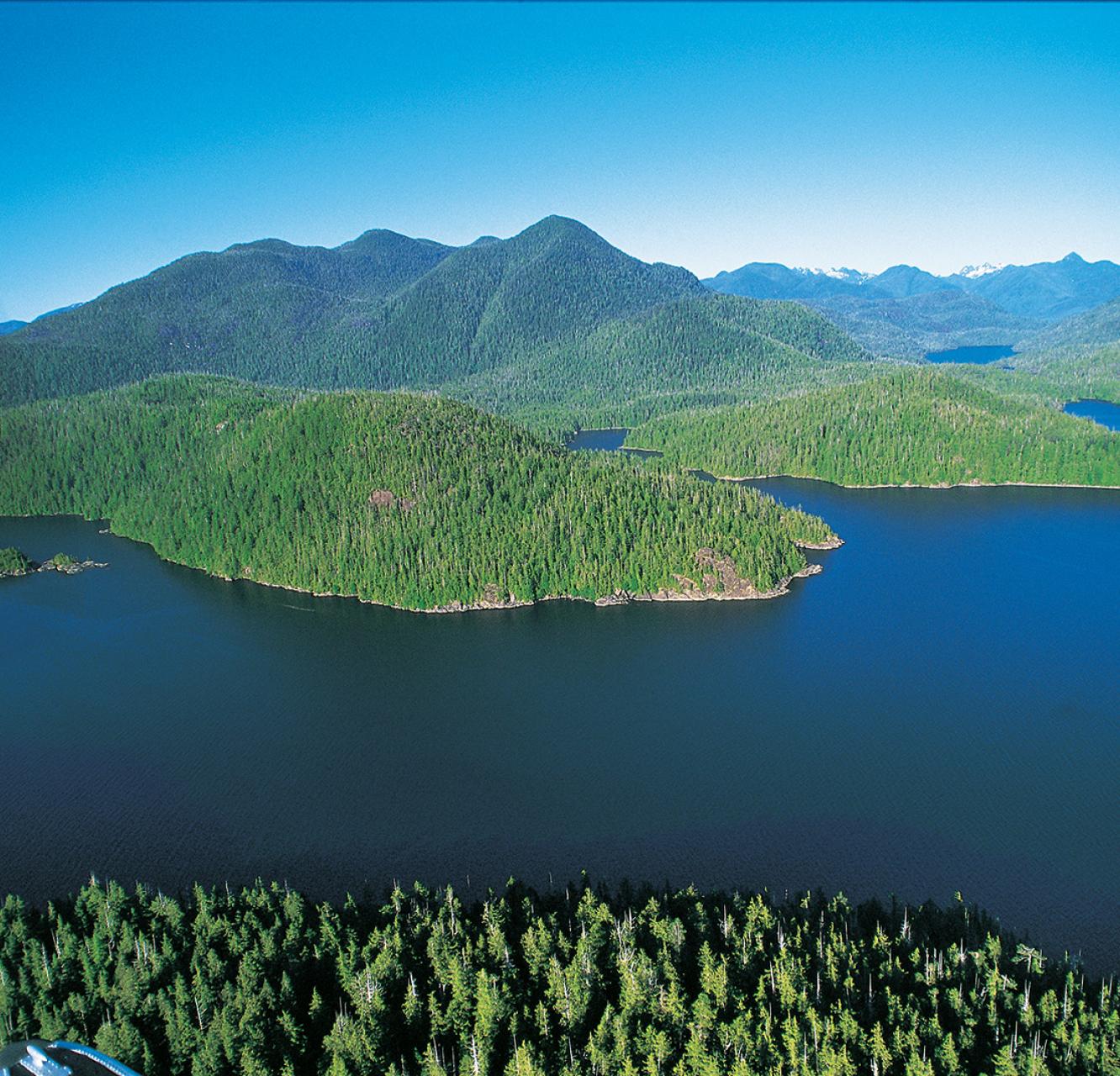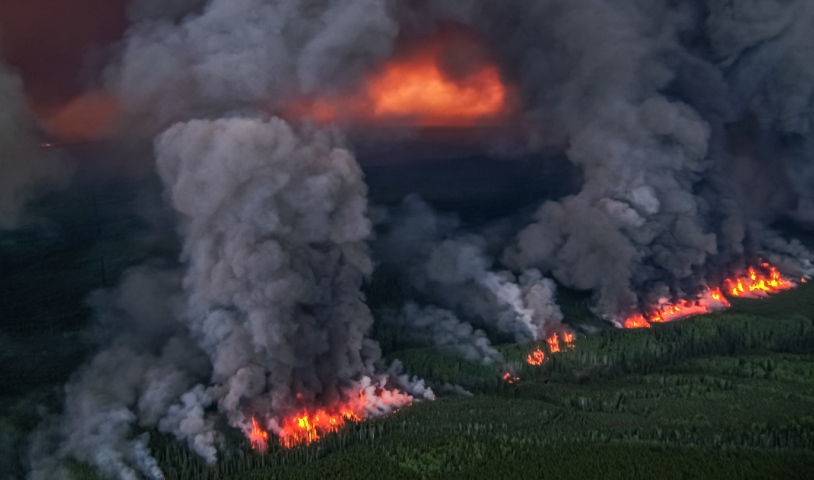Feds drop environmental assessment of 492 projects
Thursday, August 23, 2012
Critics challenge assertion that changes to Act pose little risk
Stephen Harper's Conservative government has washed its hands of environmental assessments of the nearly 500 projects in B.C. as a result of a revised Canadian Environmental Assessment Act.
The 492 wide-ranging projects include gravel extraction on the lower Fraser River, run-of-river hydro projects and wind farms, and bridge construction, as well as demolition of the old Port Mann Bridge, shellfish aquaculture operations, hazardous-waste facilities and liquid-waste disposal.
Ottawa is also walking away from conducting assessments on various agricultural and municipal drainage works, log-handling facilities, small craft harbour and marina development and expansion, the sinking of ex-warships as artificial reefs, the disposal of dredged material, and a 73-hectare mixed-use development on Tsawwassen First Nation lands.
Under the new legislation, BC Hydro also no longer requires a federal assessment for replacement of its John Hart Generating Station near Campbell River on Vancouver Island because the project won't increase the generating capacity by more than 50 per cent, or 200 megawatts. No provincial assessment applies, either.
The Canadian Environmental Assessment Agency provided details on changes to its environmental assessments at The Vancouver Sun's request. Agency spokeswoman Isabelle Perrault said "numerous small, routine projects that posed little or no risk to the environment" - something that critics vehemently challenge - had previously been subject to federal environmental assessments.
Under the new legislation, she said, the government plans to focus on those "project proposals that have a greater potential for significant adverse environmental effects in areas of federal jurisdiction."
Perrault stressed that even projects no longer subject to federal assessment "will still be subject to relevant federal and provincial laws, regulations and standards."
And there will be no change to more substantial projects already undergoing a comprehensive study or Joint Review Panel investigation - which applies to the Enbridge Northern Gateway pipeline project, Taseko's planned New Prosperity mine in the Chilcotin, and BC Hydro's planned Site C dam on the Peace River.
Perrault said that federal screening assessments on the 492 projects ceased when the new law came into effect on July 6, 2012. Screening assessments related to sea disposal of materials from the Kitimat LNG terminal, the Vancouver Airport Fuel Delivery Project, and the Kutcho copper-zinc-silver-gold mine project in Dease Lake will all continue.
The federal withdrawal from all but major projects puts a greater focus on the role of the B.C. government.
Derek Sturko, associate deputy minister with the B.C. Environmental Assessment Office, said from Victoria on Tuesday that the province will continue to consider environmental factors during the permitting process for various projects - whether or not they qualify for formal provincial or federal environmental assessments.
"The province is interested in assuming responsibility around environmental assessment," he added, noting having just one jurisdiction in charge would streamline the process. "That's been a long-term objective of the province."
The B.C. and federal governments had been involved in 19 joint environmental reviews when the new act took effect.
Provincial reviews of those projects will continue, including: Teck's expansion of its Fording River coal operations, and hydroelectric projects such as Europa near Kitimat, Glacier-Howser near Invermere, Kinskuch near Alice Arm, Nascall River near Bella Coola, and upper Lilloett near Pemberton.
Critics charge the environ-mental impacts of smaller projects add up and that the federal actions are putting the B.C. environment, especially fish habitat, at extreme risk.
"The bigger losses are on the thousands of smaller projects," said Otto Langer, retired head of habitat assessment and planning for the federal fisheries department in B.C.
"The cumulative impacts of all the projects that they will no longer review will be great and it will take a few years for Canadians to appreciate that."
Langer said Ottawa's assertion that so-called low-risk projects won't cause environmental harm is woefully incorrect.
"That's bullshit, really," he said. "It's death by a thousand cuts. All these little projects are destroying habitat and Ottawa is ignoring that."
In 2006, an estimated two million young salmon died during a gravel extraction project in the lower Fraser River, according to a study by the BCIT fish and wildlife program.
Langer also questioned the province's ability to pick up the slack from the federal withdrawal, adding the provincial environmental assessment process is viewed as weak.
The province gave the okay to Taseko's original plan to destroy Fish Lake for its mine development, a concept that the federal process rejected.
The B.C. Environmental Assessment Office has conducted assessments of 162 projects in the last 20 years.
Of those: 75 per cent were approved; 14 per cent were refused, terminated or withdrawn; and 11 per cent did not require an environmental assessment.
The provincial assessment process has outright refused only two projects - Kemess North copper-gold mine in 2008, and the Ashcroft Ranch landfill project in 2011.
B.C.'s auditor-general in 2011 also criticized the provincial process for failing to oversee approved projects.
The provincial government's Sturko countered that the B.C. process is extensive and that projects routinely do not proceed because of conditions his office attaches to them.
Gwen Barlee, policy director of the Wilderness Committee, said she expected the worst but remains shocked to learn of the breadth of projects no longer subject to federal assessment.
"I knew this was coming, but it still blows my mind," she said. "If you care about clean air, fresh water and wild salmon you should be very, very concerned."
Barlee said it is appalling that Ottawa considers run-of-river hydro projects - shown by federal staff to kill fish - to have insignificant environmental impacts. "This approach by the federal government is a blue-print for environmental degradation and future lawsuits - and an abdication of federal responsibility."
The Sun published a story last March based on more than 3,000 pages of freedom-of-information documents showing that run-of-river projects on the Ashlu Creek and lower Mamquam River, both near Squamish, had repeatedly killed fish. The documents also contained emails from federal bureaucrats concerned about those and other similar projects.
No one at Clean Energy B.C., which represents run-of-river projects, was prepared to comment Tuesday on the federal environmental assessment changes.
The new Canadian Environmental Assessment Act also imposes timelines on the Site C environmental assessment pro-cess: eight-and-a-half months for the Joint Review Panel to be established, seven-and-a-half months to submit its report, and six months for the federal minister to make a decision.
The guidelines do not include the time BC Hydro takes to gather information required for the environmental assessment.





